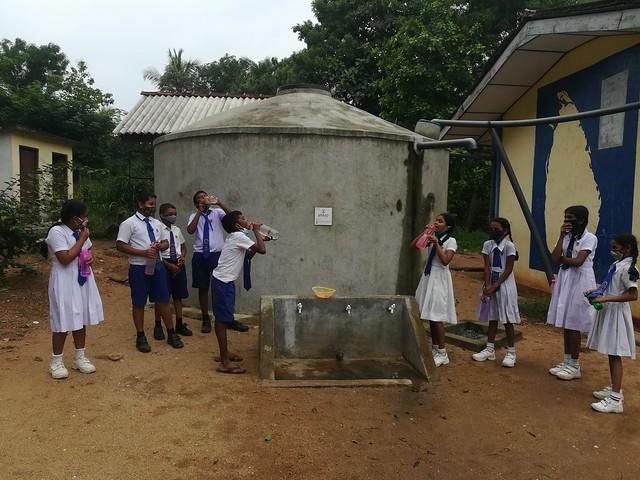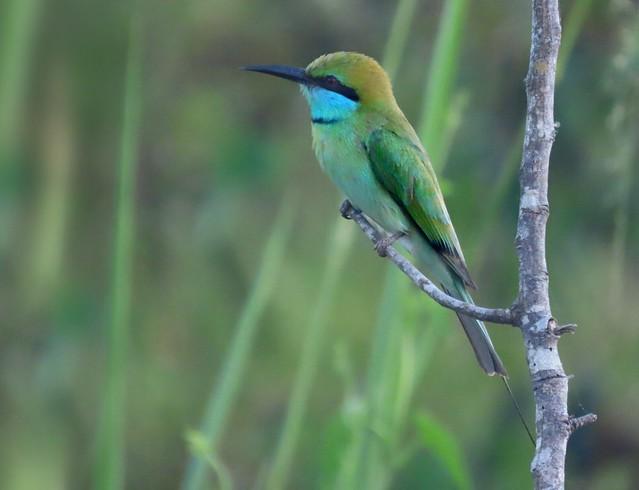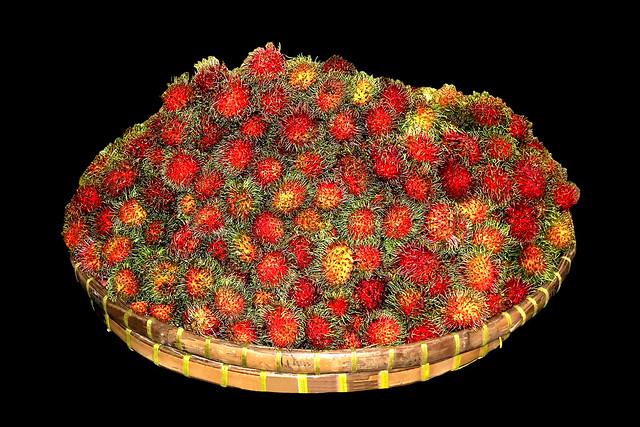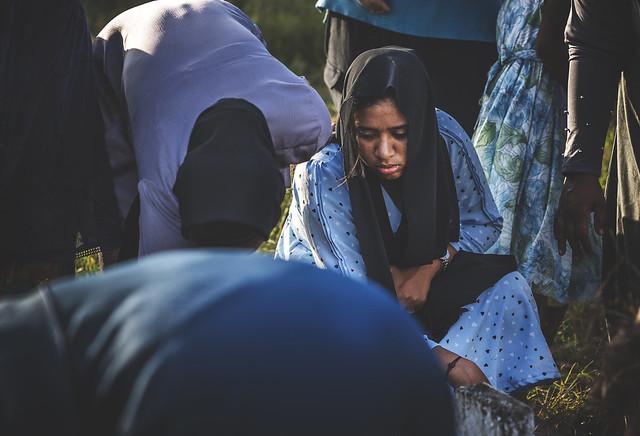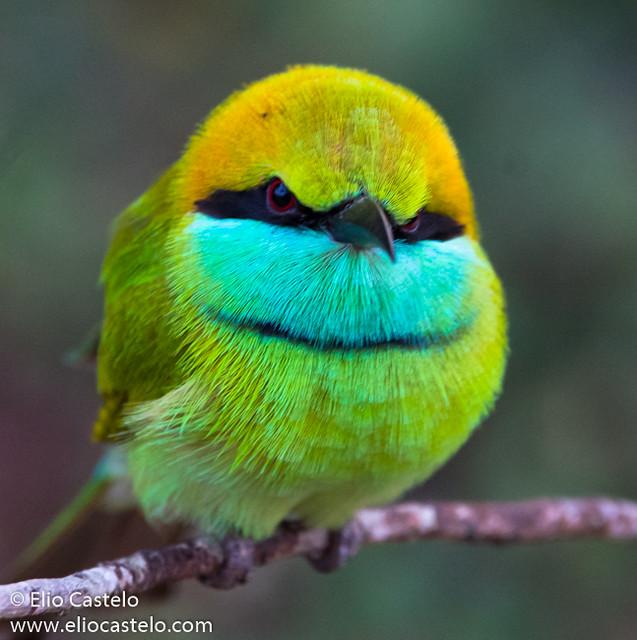Mullaitivu District
Overview
### Welcome to Mullaitivu District, Sri Lanka
Mullaitivu District, located in the Northern Province of Sri Lanka, offers a unique blend of natural beauty and rich history. This area is less frequented by tourists, making it a perfect destination for those looking for a serene and authentic experience. The district features pristine beaches, dense forests, and historical sites, including remnants from the civil war which are poignant reminders of the area's past. The local culture is a tapestry of Tamil traditions, evident in the cuisine, festivals, and daily life. Local handicrafts, especially handloom products, are a reflection of the artistic heritage of the region.
### Best Time to Visit and Activities
The high season for tourism in Mullaitivu is from May to September, during the dry season when the weather is most favorable for exploring. This period avoids the heavy rainfall of the monsoon season and features warm, sunny days ideal for outdoor activities. Visitors can enjoy beautiful sunrises on the beaches, wildlife watching in the nearby Kumulamunai and Nayaru Nature Reserves, and exploring historical sites like the Mullaitivu Fort. The district is also an excellent spot for bird watching, with many species migrating here during these months.
### Preparing for Your Trip
Before heading to Mullaitivu, it's important to prepare adequately to make the most of your visit. Ensure you have appropriate travel documentation and check if you need a visa to enter Sri Lanka. Packing should include light clothing for the warm weather, along with a hat, sunscreen, and insect repellent to stay protected from the sun and mosquitoes. It's also advisable to bring along any necessary medications as pharmacies in remote areas may not stock everything. Learning a few phrases in Tamil can be very helpful in interacting with local communities and enriching your travel experience. Lastly, be mindful of the local customs and cultural sensitivities, particularly in less touristy areas.
How It Becomes to This
History not available

You May Like
Explore other interesting states in Sri Lanka


